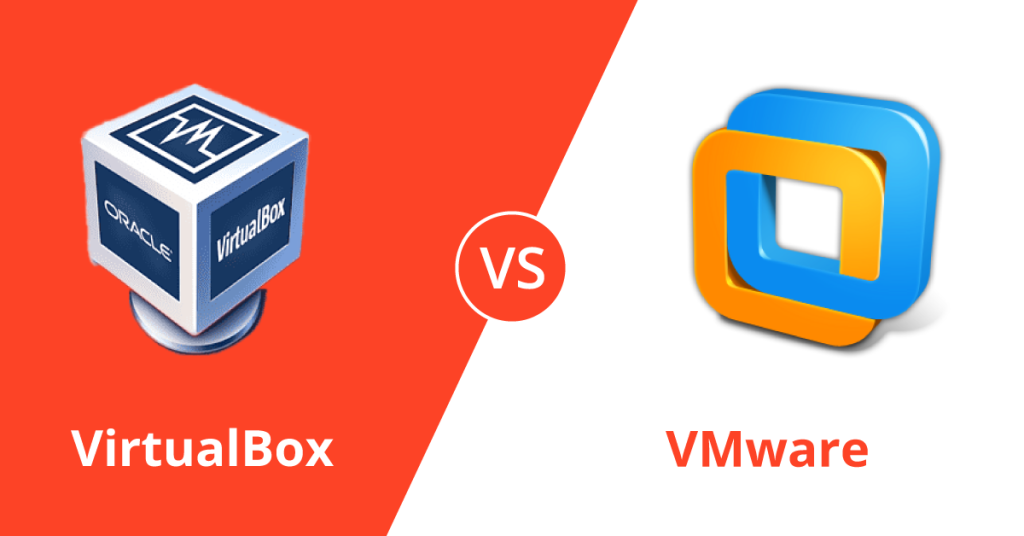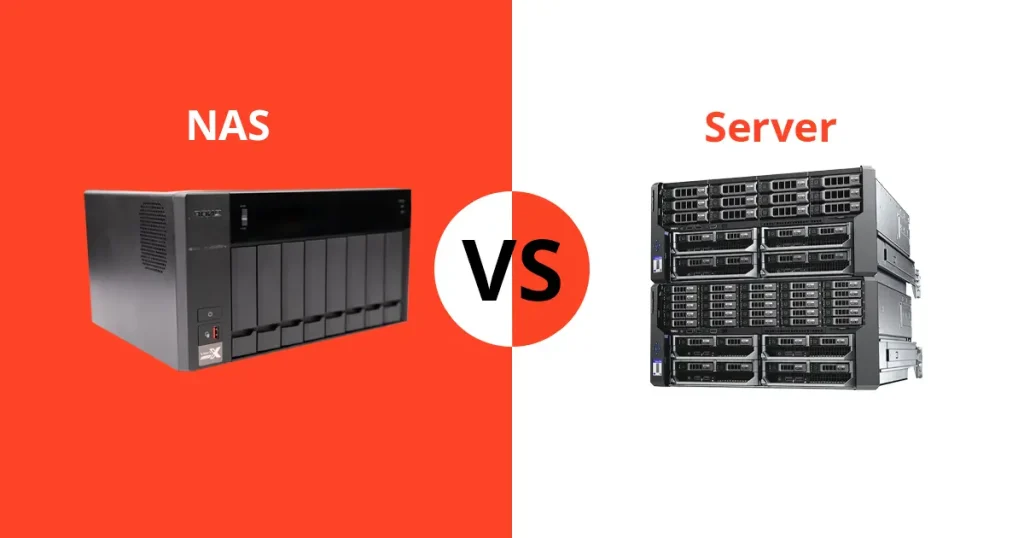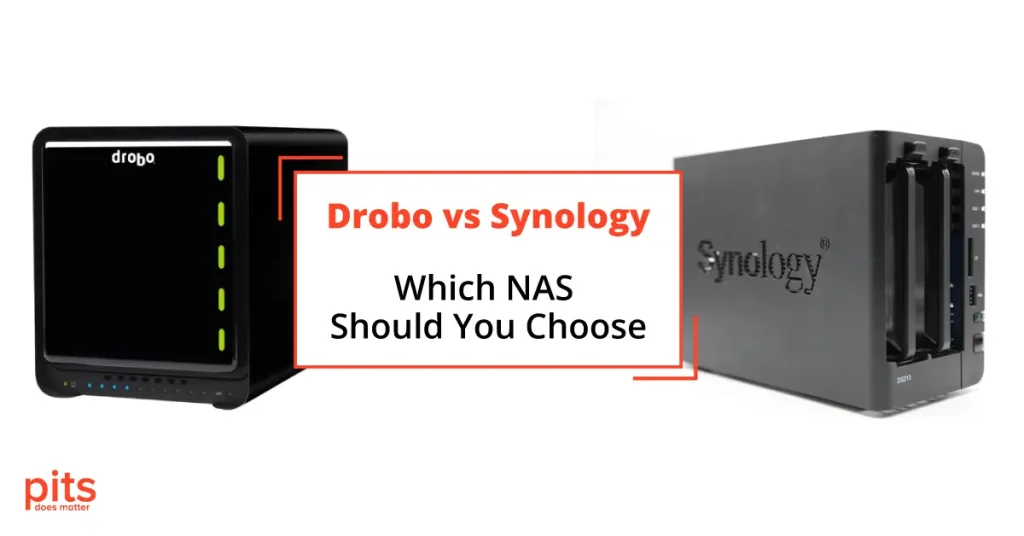In the realm of data storage, the selection of a RAID configuration assumes paramount importance in shaping the performance and fault tolerance of your storage system. Two widely esteemed RAID configurations that routinely occupy a central position in the decision-making process are RAID 0 and RAID 5. In this blog post, we shall explore the disparities between RAID 0 and RAID 5, accentuating their respective merits and shortcomings with regard to fault tolerance, performance, and more.
Fundamental RAID Concepts
Before embarking on our comparative analysis, let us first briefly revisit the essence of RAID configurations and their operational principles.
RAID, which stands for Redundant Array of Independent Disks, represents a technology that amalgamates numerous physical drives into a unified logical entity. The primary objective of RAID configurations is to deliver enhanced performance, data redundancy, or a blend of both, contingent upon the precise RAID level chosen.
RAID 0: The Striped Array
RAID 0, often denoted as striping, revolves around the pursuit of performance excellence. Within a RAID 0 array, data undergoes segmentation into blocks, which are then concurrently written across multiple drives. This yields augmented read and write speeds, as each drive in the array operates independently. Nonetheless, RAID 0 extends no provision for fault tolerance, meaning that the failure of one drive results in the irrevocable loss of all data.
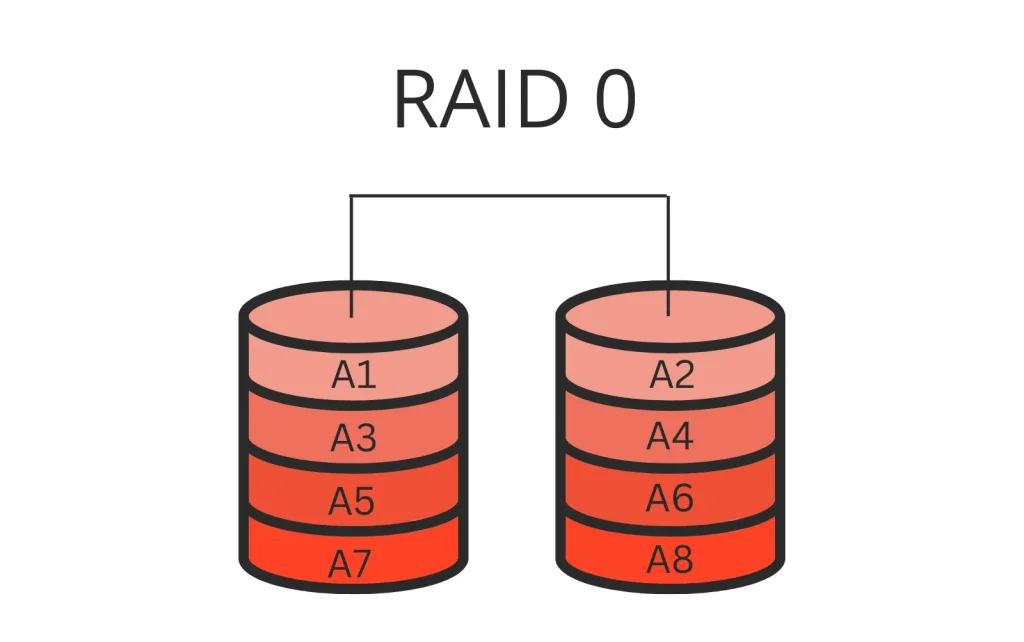
Advantages of RAID 0:
- Outstanding read and write performance.
- Optimal utilization of drive capacity, given the absence of redundancy.
Disadvantages of RAID 0:
- Zero fault tolerance: data loss ensues in the event of a single drive failure.
- Inappropriate for safeguarding critical data.
RAID 5: The Equitable Approach
Contrastingly, RAID 5 adopts a more equitable strategy, providing a balance between performance and fault tolerance. Within a RAID 5 configuration, data undergoes striping across multiple drives, akin to RAID 0, but incorporates an additional layer of safeguarding. Parity data, comprising vital information for data reconstruction, is distributed across the drives. Consequently, if one drive malfunctions, the array can reconstruct the lost data by utilising the parity information from the surviving drives.
Advantages of RAID 5:
- Respectable read and write performance, albeit marginally slower than RAID 0.
- Fault tolerance: can endure the failure of a single drive without data loss.
- Effective utilization of drive capacity.
Disadvantages of RAID 5:
- Slower write performance in contrast to RAID 0.
- Reconstructing an array following a drive failure may require time.
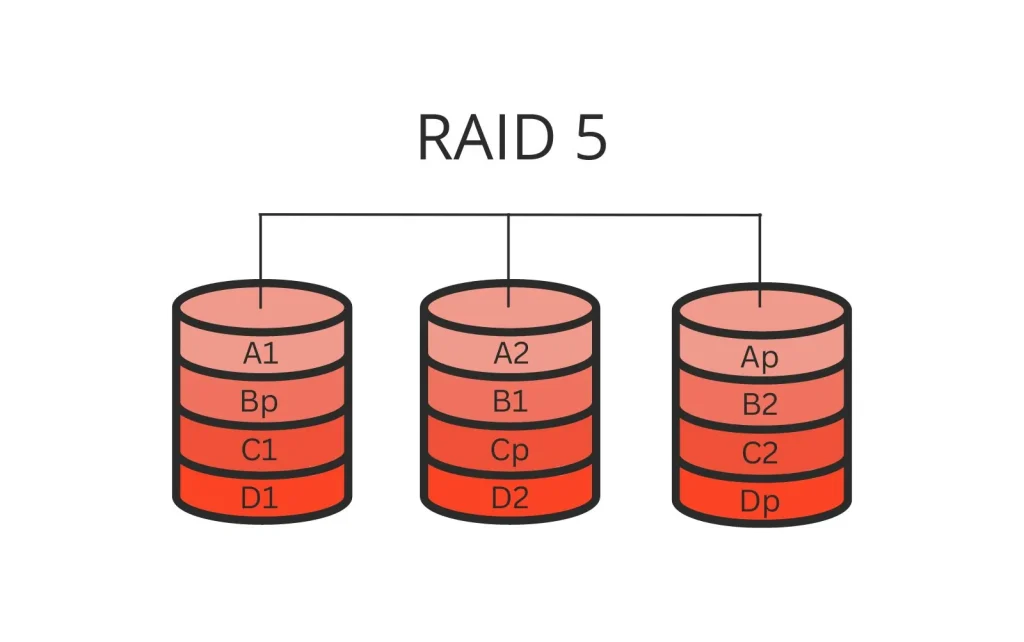
Key Considerations for Choosing Between RAID 0 and RAID 5
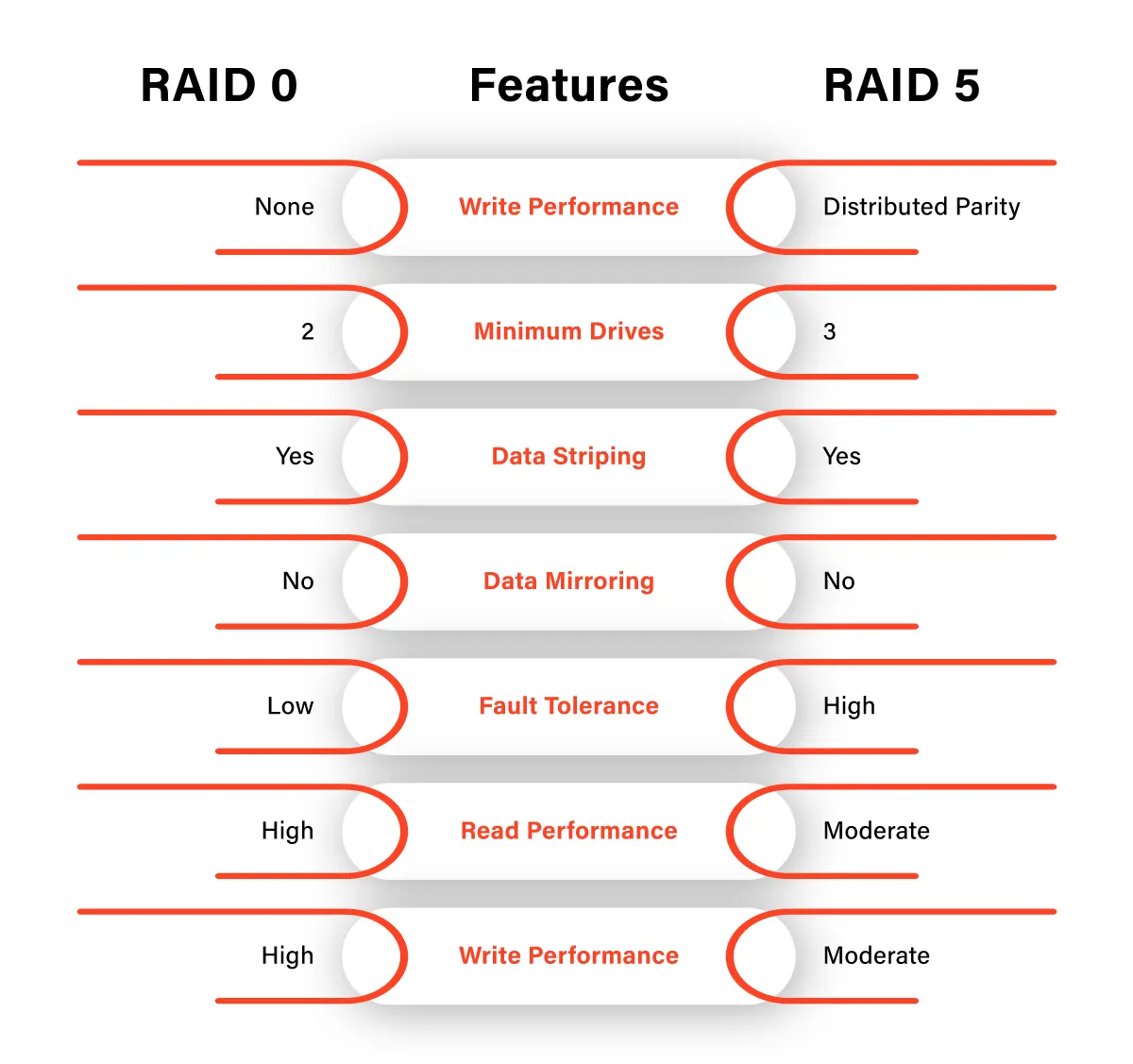
In the RAID 0 versus RAID 5 debate, your selection ultimately hinges on your precise requirements and priorities. Should you seek rapid read and write speeds and can tolerate data loss without repercussions, RAID 0 suits non-critical applications. Conversely, if data integrity and fault tolerance rank supreme, notably in corporate or enterprise settings, RAID 5 emerges as the preferred choice, striking a commendable balance between performance and redundancy.
Bear in mind that alternative RAID configurations, such as RAID 6, and distinct RAID levels designed for specific purposes are available. Prior to committing to a choice, it remains imperative to appraise your demands, financial constraints, and future scalability prospects, thereby ensuring the appropriate selection of a RAID system tailored to your prerequisites.
Frequently Asked Questions
What distinguishes RAID 0 from RAID 5?
RAID 0 is a storage configuration prioritizing performance via data striping across multiple drives, offering no data redundancy. Conversely, RAID 5 combines striping with parity data to achieve a balance between performance and fault tolerance.
Which RAID setup is swifter: RAID 0 or RAID 5?
In terms of read and write performance, RAID 0 outpaces RAID 5. It’s optimised for speed.
Do both RAID 0 and RAID 5 safeguard data?
RAID 0 lacks data protection; a single drive failure results in data loss. In contrast, RAID 5 provides a degree of data protection, withstanding the failure of one drive without data loss.
Do both RAID 0 and RAID 5 safeguard data?
RAID 0 lacks data protection; a single drive failure results in data loss. In contrast, RAID 5 provides a degree of data protection, withstanding the failure of one drive without data loss.
We’re Here to Help
Our experienced team is committed to helping you recover your critical data. No matter the situation, we work diligently to ensure the best possible outcome. Take action now and let us restore what’s important to you.
Start Recovery Process
"*" indicates required fields
